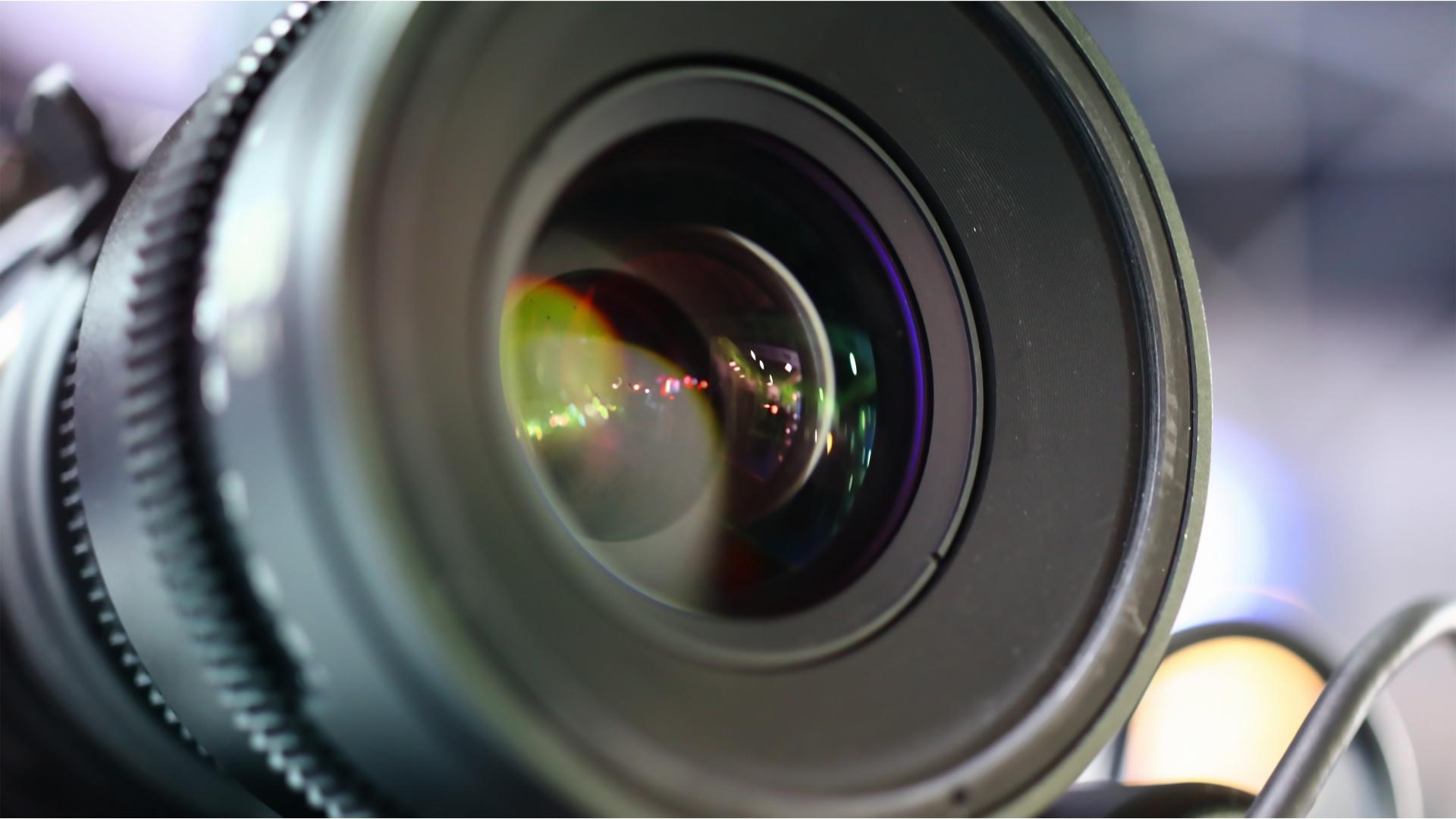In many cases, it is worthwhile to improve product photos with an image editing program afterward. One of the professional programs is undoubtedly Adobe Photoshop, which many professional photographers also use. The large range of functions leaves nothing to be desired. On the other hand, Photoshop takes a lot of time to learn, so many people are switching to Photoshop Elements, which is a little less complicated.
Improve image quality with just a few mouse clicks in Adobe Photoshop.
Making a layer copy of the original photo before each editing step is recommended. In this way, undesirable results can be easily reversed. To do this, click on the menu item on Level – New – Replace Level with Copy. This is done via image corrections if you want to make a tonal value correction. Tonal correction must be performed for each color channel (red, green, and blue). A histogram landscape appears in the window. The high black rashes denote the depths, the bright and unused areas, the lights. The black and white triangle sliders enclose the displayed histogram area to remove unused gaps (the right-hand lights). If this process is applied to all three channels, a slight grey veil disappears from the original photo, and the image looks much more contrasting.
Make additional image enhancements.
As the name suggests, this value can be fine-tuned via the Brightness/Contrast menu. Two sliders appear in the display window. It is recommended that brightness and contrast are only valued in the range of +10 and -10. The preview also shows the result on the monitor. A little more complicated is the use of graduation curves, which can also adjust brightness and contrast. For example, to change only the brightness set the point exactly at the center of the line in the display window.
Suppose the point is moved down or up, the brightness of the image changes. In the background, a histogram landscape is recognizable again. A second point is placed here on the overlap of the line with the histogram. A shift of the point to the right increases contrast, a shift to the left, a contrast attenuation. Another possibility is the subsequent sharpening of a photo. Here you go via the menu to Image – Mode – Lab Color. In the channels view, the brightness channel can be selected. Here, the overall picture is sharpened without changing the color. Filter – Sharpen filter – Mask out of Focus and set the thickness between 300 and 500%. The radius is 0.2 pixels. Then you switch back to the RGB color mode.
Improve color casting.
Through the point of Color Balance, Photoshop offers the possibility to remove a color cast. Three sliders are available for the colors cyan, magenta, and yellow. If you want to make the image a little warmer, the slider is pulled slightly towards yellow. The preview allows the respective effect to be easily controlled. After the product photo has received the desired image enhancements, it can be saved. To be on the safe side, you should first save the edited image as a Photoshop file and then under a different name as a JPG file. The original photo should always be accessible.




